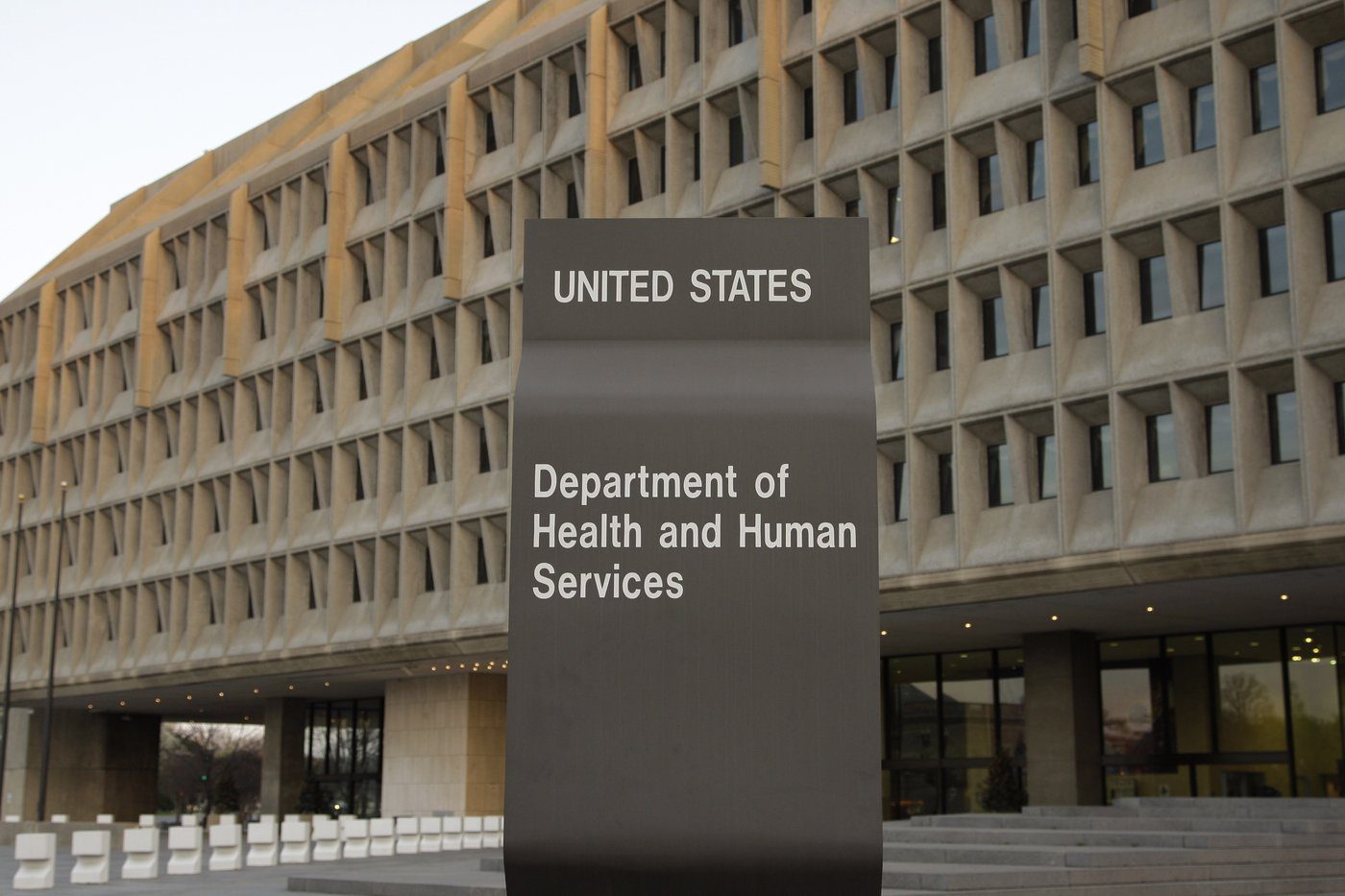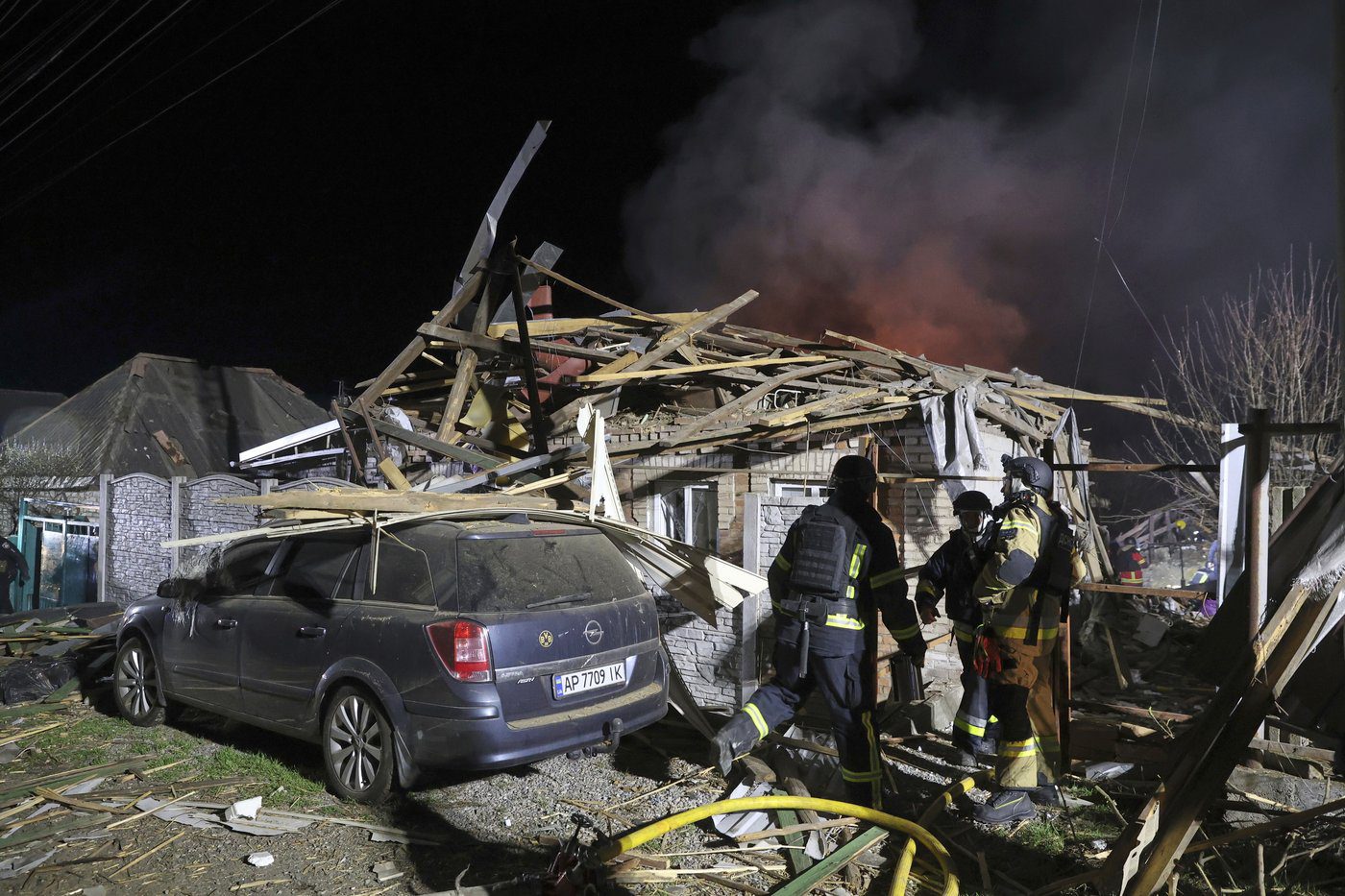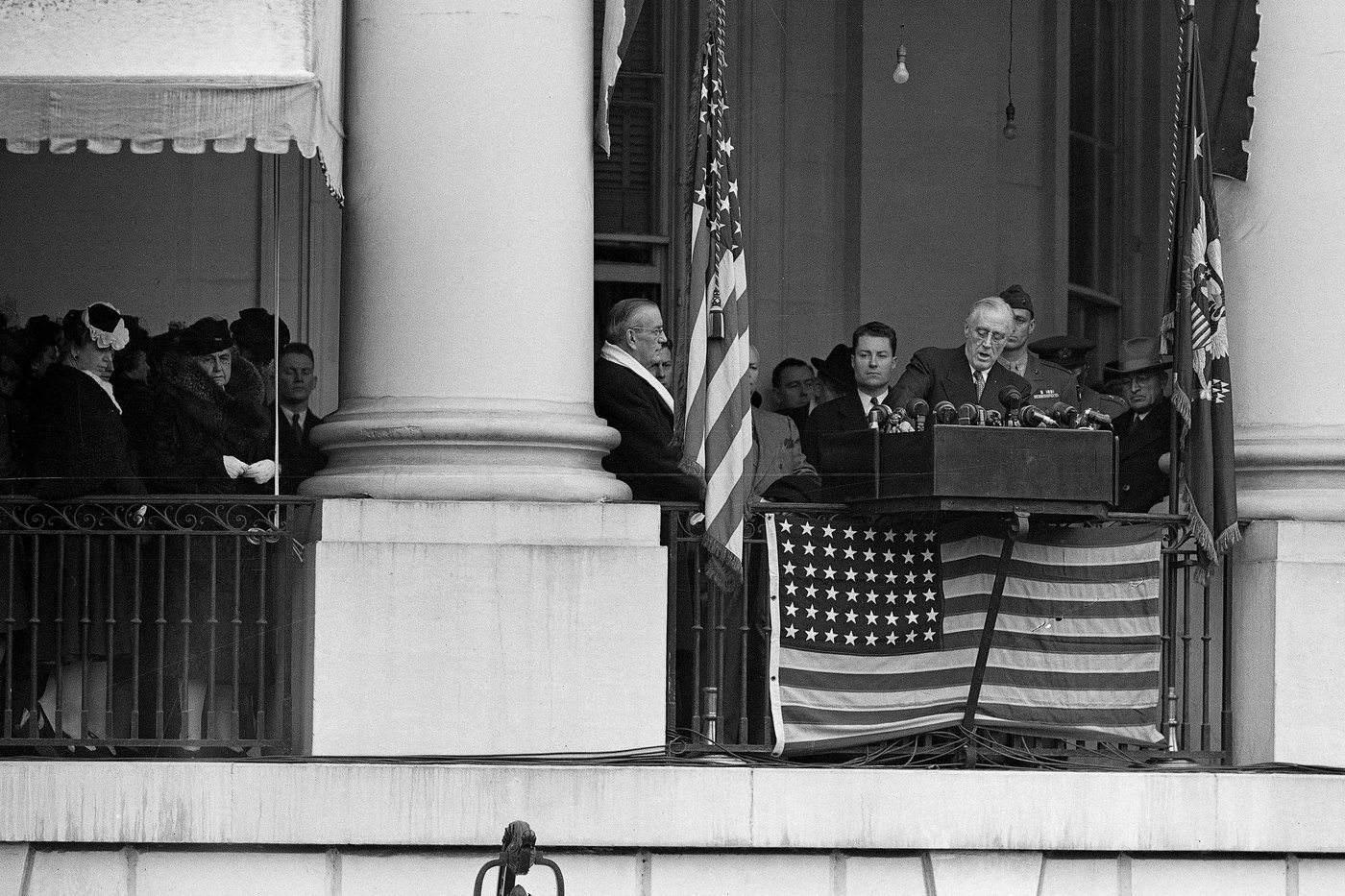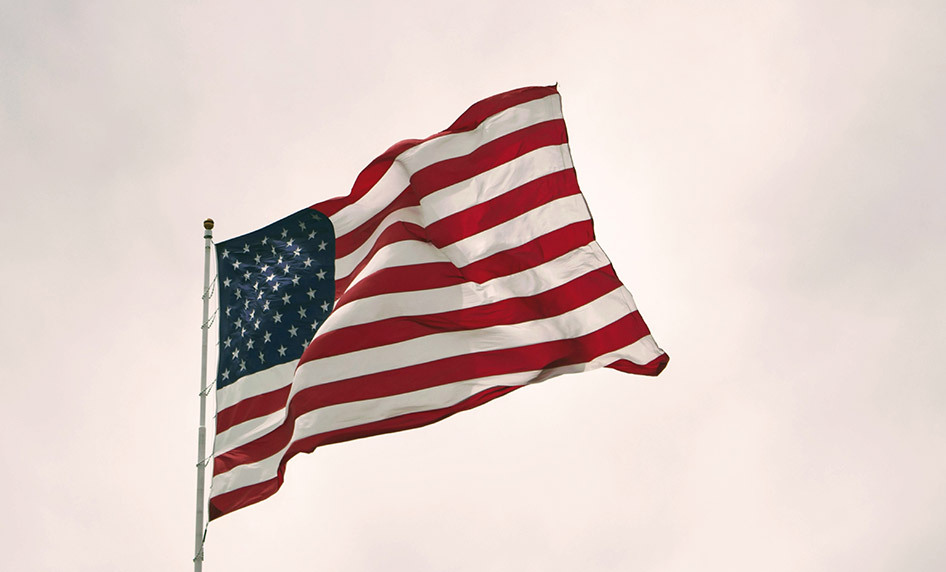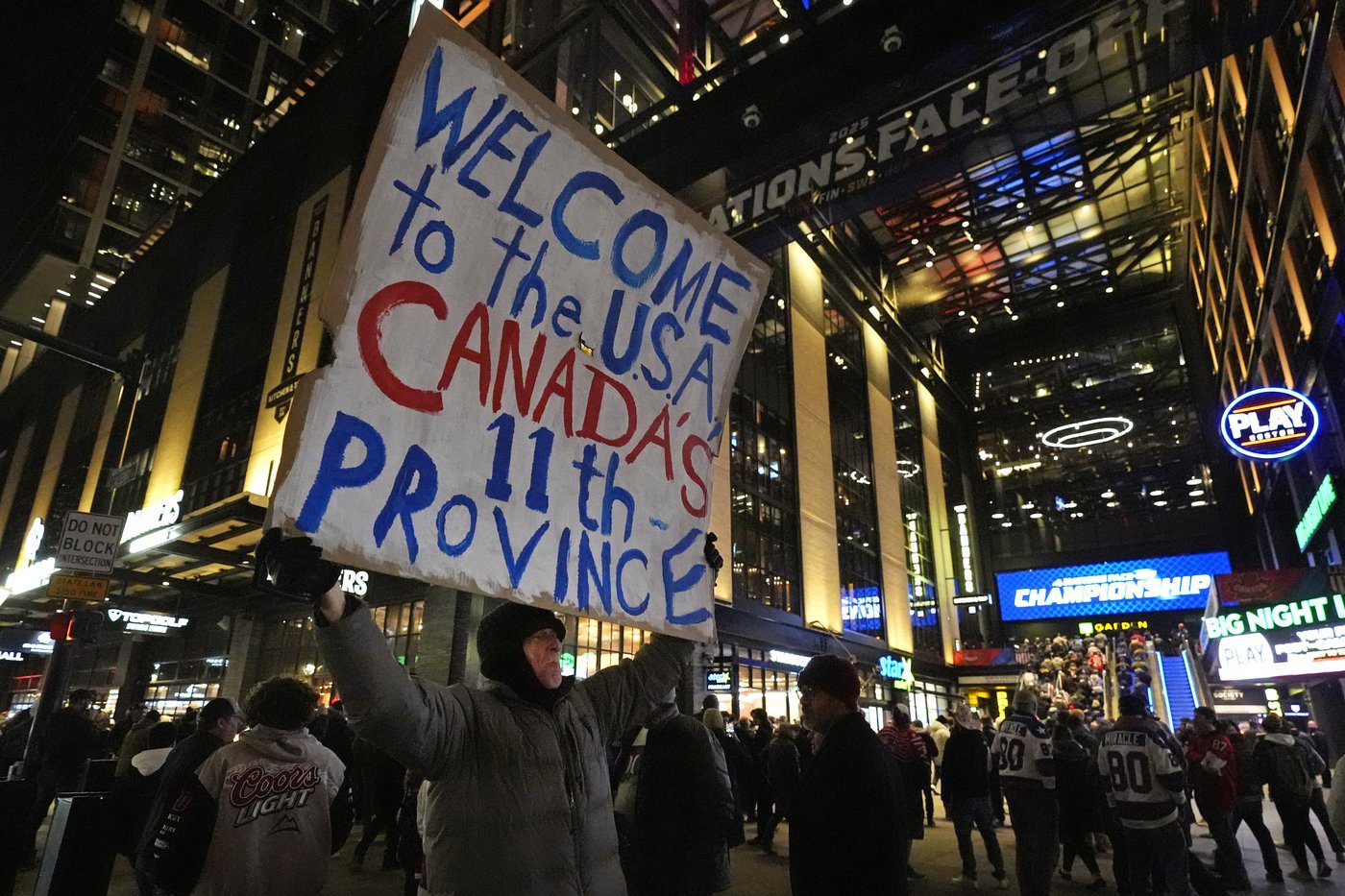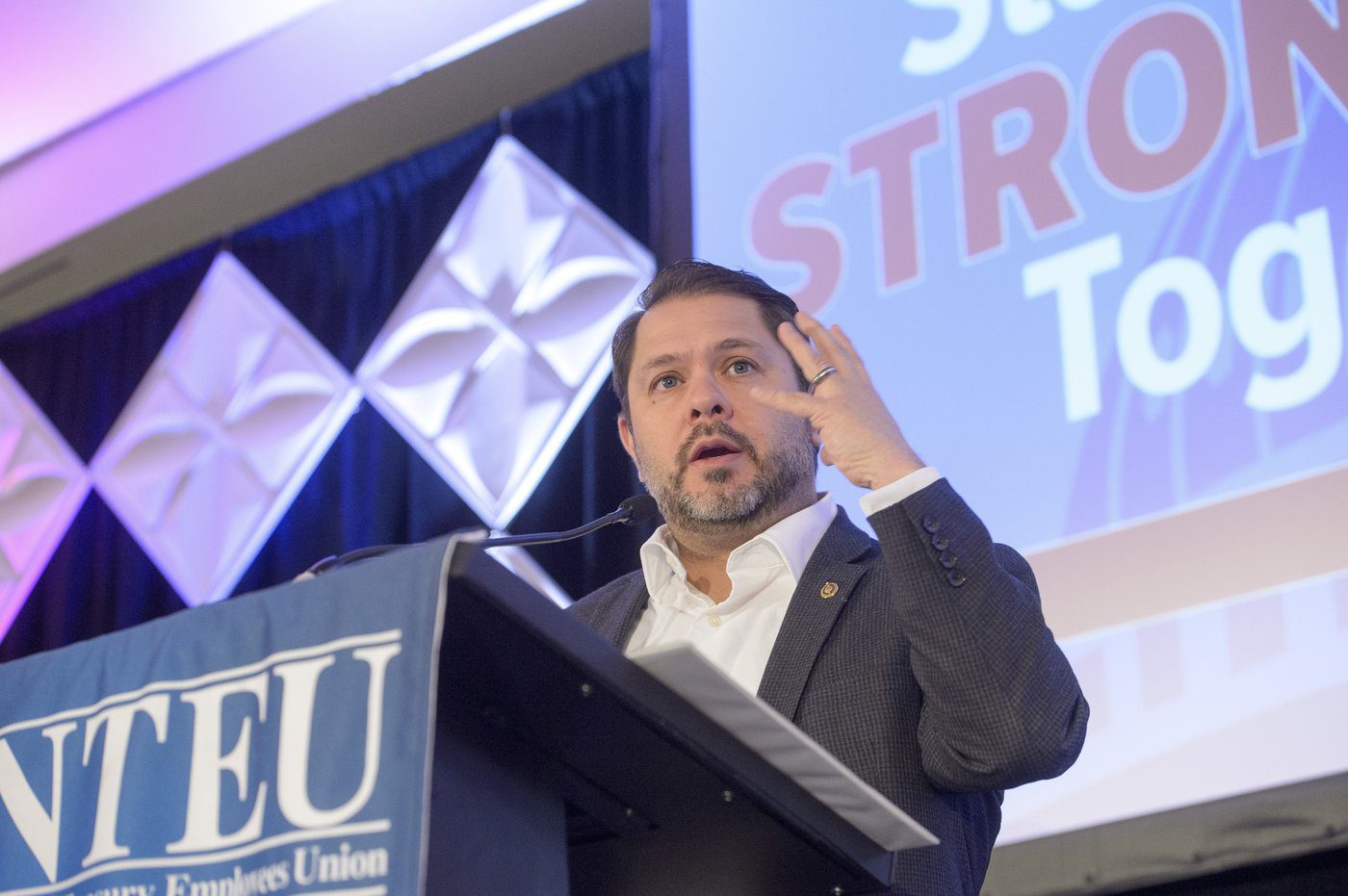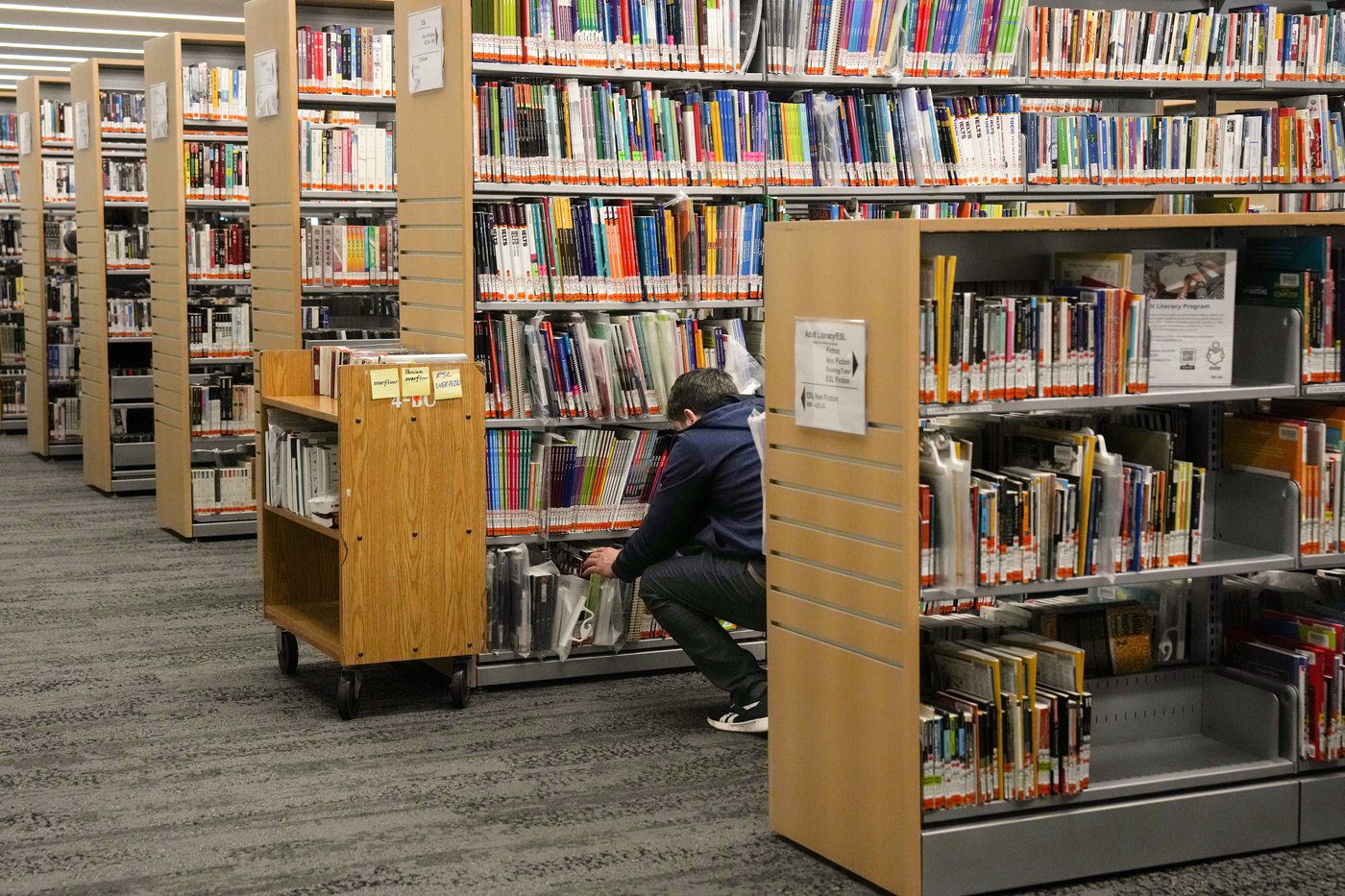Employees across the U.S. Department of Health and Human Services began receiving notices of dismissal Tuesday, as part of a major overhaul expected to ultimately lay off up to 10,000 people. The notices come just days after President Donald Trump moved to strip workers of their collective bargaining rights at HHS and other government agencies.
Here’s the latest:
Trump’s schedule for Tuesday
At 12:30 p.m., President Trump and Vice President JD Vance will have lunch at the White House. At 3 p.m., Trump will sign executive orders. There will also be a press briefing held at noon today, according to the White House.
FDA’s top tobacco official is removed from post in latest blow to health agency’s leadership
The Food and Drug Administration’s chief tobacco regulator has been removed from his post amid sweeping cuts at the agency and across the federal health workforce handed down Tuesday, according to people familiar with the matter.
In an email to staff, FDA tobacco director Brian King said: “It is with a heavy heart and profound disappointment that I share I have been placed on administrative leave.”
King was removed from his position and offered reassignment to the Indian Health Service, according to a person familiar with the matter who did not have permission to discuss the matter publicly and spoke on the condition of anonymity.
Dozens of staffers in FDA’s tobacco center also received notices of dismissal Tuesday morning, including the entire office responsible for enforcing tobacco regulations.
▶ Read more about the FDA’s chief tobacco regulator
— Matthew Perrone
Trump has dubbed April 2 ‘Liberation Day’ for his tariffs. Here’s what to expect
Trump has repeatedly called April 2 “Liberation Day,” with promises to roll out a set of tariffs, or taxes on imports from other countries, that he says will free the U.S. from a reliance on foreign goods. To do this, Trump has said he’ll impose “reciprocal” tariffs to match the duties that other countries charge on U.S. products.
But a lot remains unknown about how these levies will actually be implemented. White House press secretary Karoline Leavitt said Monday that Trump would unveil his plans on Wednesday, but maintained that the details are up to the president to announce.
Since taking office just months ago, Trump has proven to be aggressive with tariff threats, all while creating a sense of whiplash through on-again, off-again trade actions. And it’s possible that we’ll see more delays or confusion this week.
▶ Read more about Trump’s “Liberation Day”
Layoffs begin at US health agencies
Employees across the massive U.S. Department of Health and Human Services began receiving notices of dismissal on Tuesday in a major overhaul expected to ultimately lay off up to 10,000 people.
The notices come just days after Trump moved to strip workers of their collective bargaining rights at HHS and other agencies throughout the government.
Health Secretary Robert F. Kennedy Jr.’s announced a plan last week to remake HHS, which, through its agencies, is responsible for tracking health trends and disease outbreaks, conducting and funding medical research, monitoring the safety of food and medicine, and administering health insurance programs for nearly half of the country.
The plan would consolidate agencies that oversee billions of dollars for addiction services and community health centers across the country under a new office called the Administration for a Healthy America.
The layoffs are expected to shrink HHS to 62,000 positions, lopping off nearly a quarter of its staff — 10,000 jobs through layoffs and another 10,000 workers who took early retirement and voluntary separation offers.
▶ Read more about the layoffs at HHS
The Associated Press



